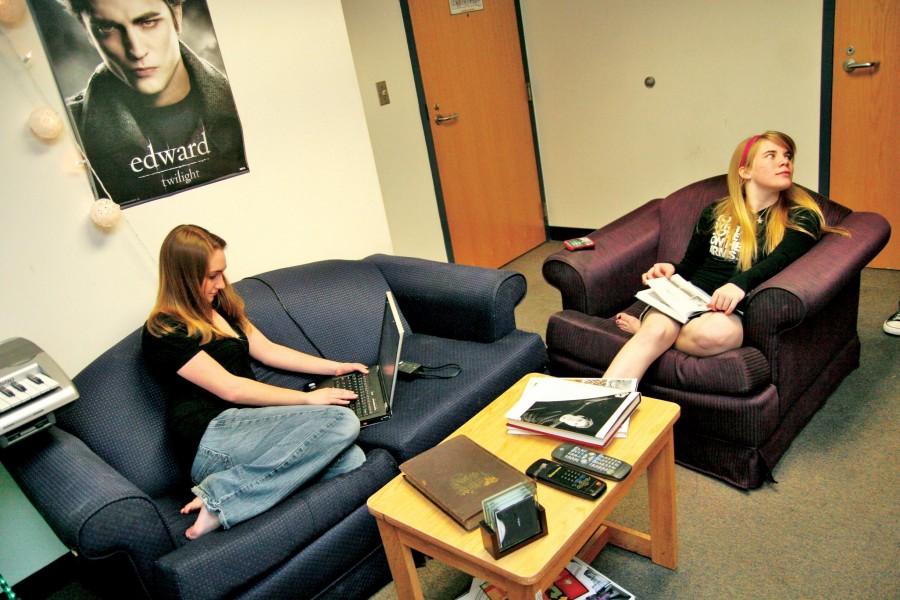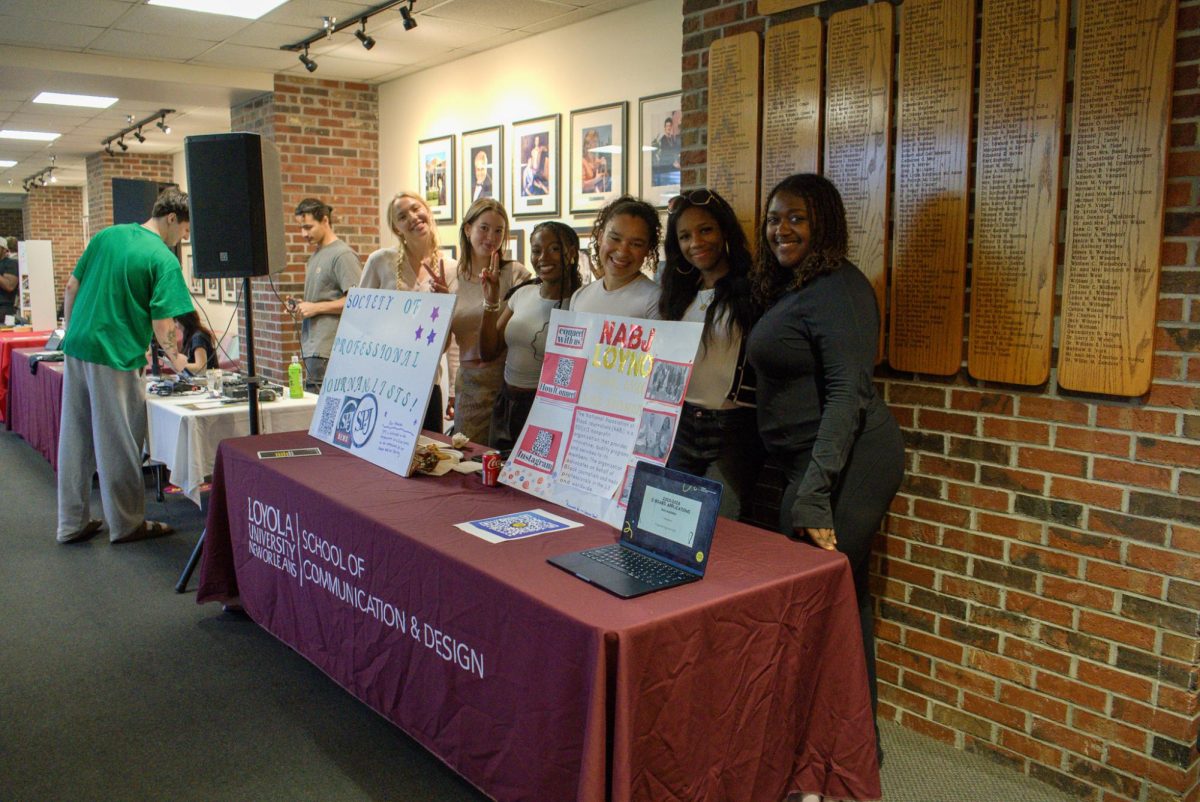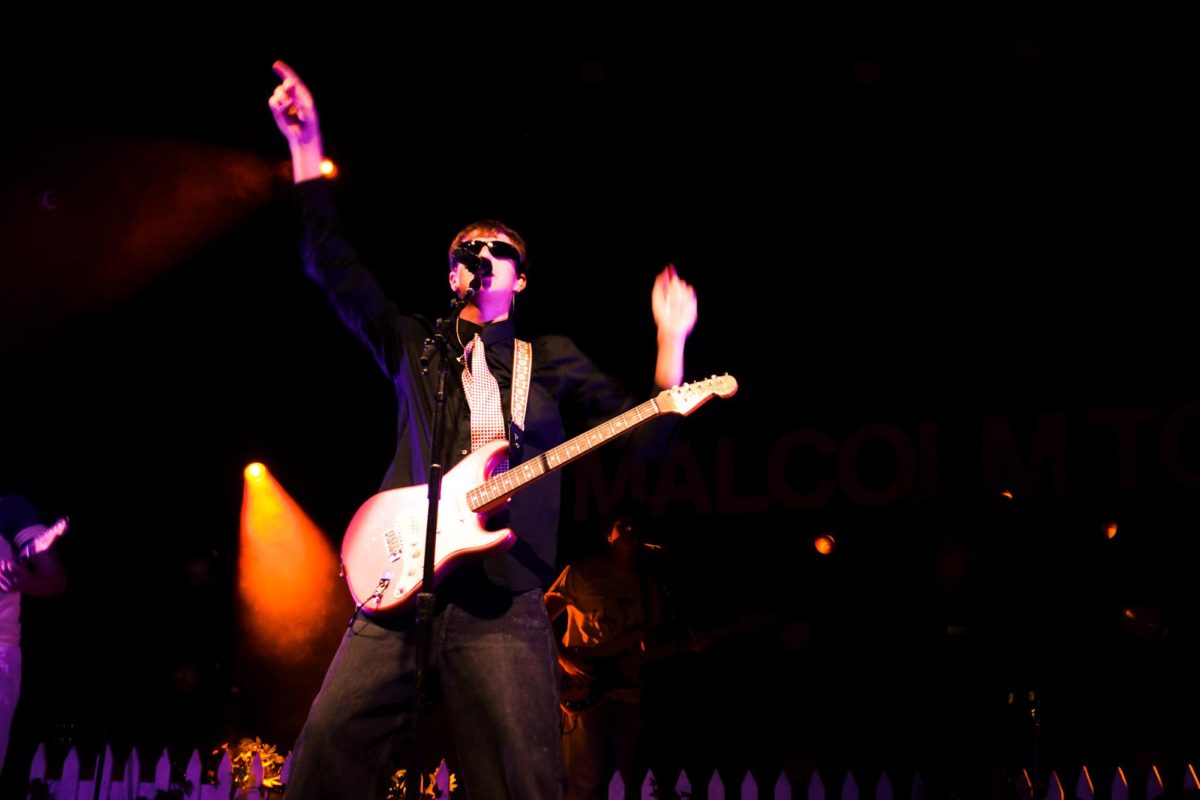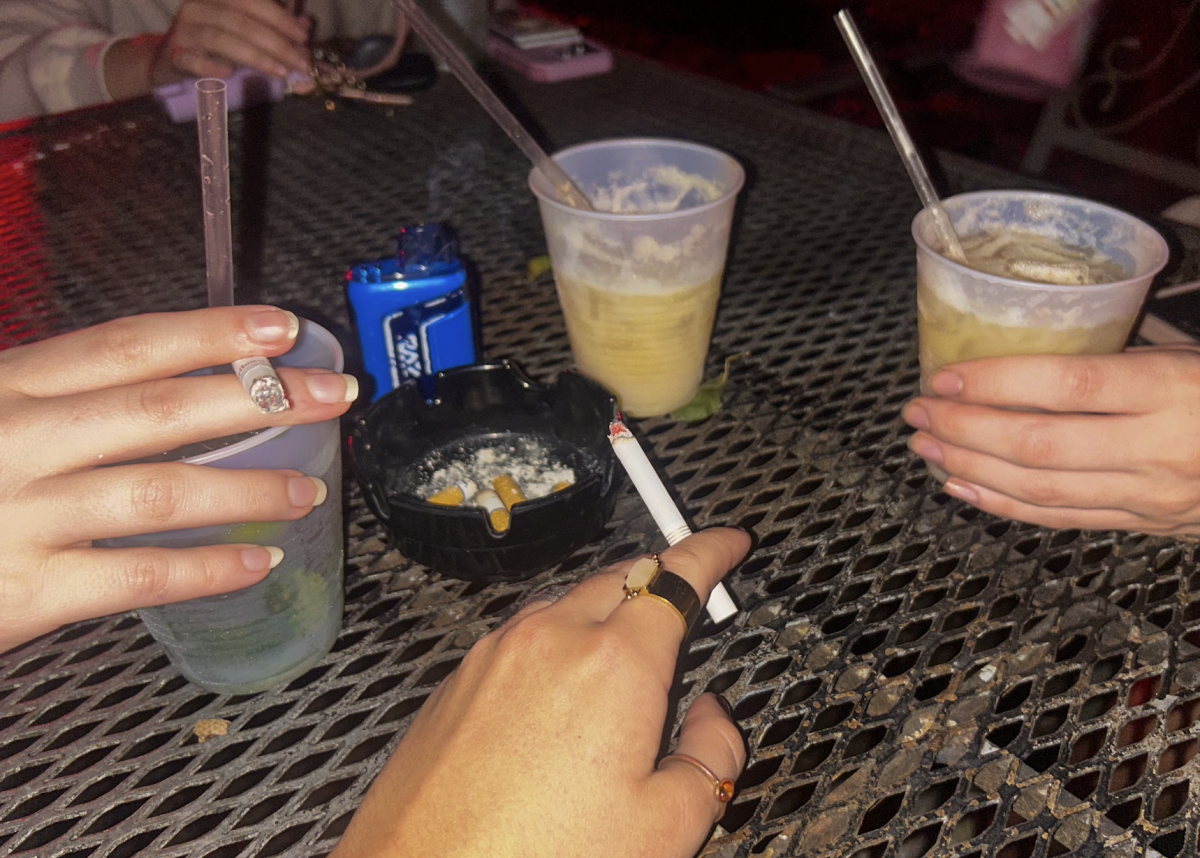For the first 50 years, Loyola was mainly a commuter university, but since the 1960s Loyola has grown to be a much more residential campus.
Today, Loyola has four residence halls and 1,308 students who live on campus. But back in the early 1960s, it only had renovated houses as dorms, no real residential buildings and over 60 percent of the students were commuters, said Liz Scott Monaghan, A’64, former Maroon editor and adviser.
According to the 1964 Maroon article “Gracious Living in New Dormitory” by Maria Gamboa, Loyola built its first dormitory that year, a 404-student, all-male residence hall named Biever Hall.
Gamboa said that the cost for a room was $330 and board was $500. Today, a room is $6,854, and board is around $5, 908.
By the 1970s, Loyola had two residence halls; the all-male Biever Hall and the all-female Buddig Hall, and all students were required to live on campus.
According to a 1971 Maroon article titled “Students Can Live Off Campus Now” by Debbie Bourque, this requirement was changed when the student government got a policy passed that allowed upperclassmen to move off campus with their parents’ consent.
According to Robert Reed, director of Residential Life from 1981 to 2009, Loyola’s on-campus life grew so much that by the 1980s, students would camp out in the Buddig Hall stairwells before registration to make sure they would get a room because it was first come, first serve.
During his time as director, Reed said there were a lot of different pranks pulled. One year they had to open Buddig Hall without any room keys because someone had stolen all of the room keys for the building on the night before move in.
“We offered a reward and threatened people if they stole them, that there would be a big penalty. They eventually showed up after we had already re-keyed the entire dorm, behind the director’s car in a bucket,” Reed said.
In 1983, the Maroon article, “Dorm Fires: An Alarming Recurrence” addressed a “very unusual” string of nine fires that occurred from September 1981 to January 1983 in Buddig and Beiver halls.
The person who was setting the fires, it turned out, happened to be the same person who was reporting them, Reed said.
In the late 1990s, there was overcrowding in the residence halls, and a new building was built as a result. Carrollton Hall was constructed on a space that was originally a parking lot. It
opened in 1999. Reed made several changes
during this time. He implemented the points system that is still in place today, and made all the dorms non-smoking.
“This was the time to make the buildings non-smoking because Carrollton was brand new and the other dorms had received some renovations,” Reed said.
Later, the university moved students to Cabra Hall, which used to be St. Mary’s Dominican College, and this allowed local students to be able to live on campus if they wanted, Reed said.
Overall, housing at Loyola has “significantly improved” over the years, Reed said.
The most rewarding thing about Residential Life is developing the young people, he said. “Past students have started bringing their sons and daughters to Loyola and telling them ‘Go See Mr. Reed about it.’ I guess it means that I did something worthwhile,“Reedsaid.
Kristen Himmelberg can be reached at [email protected]








